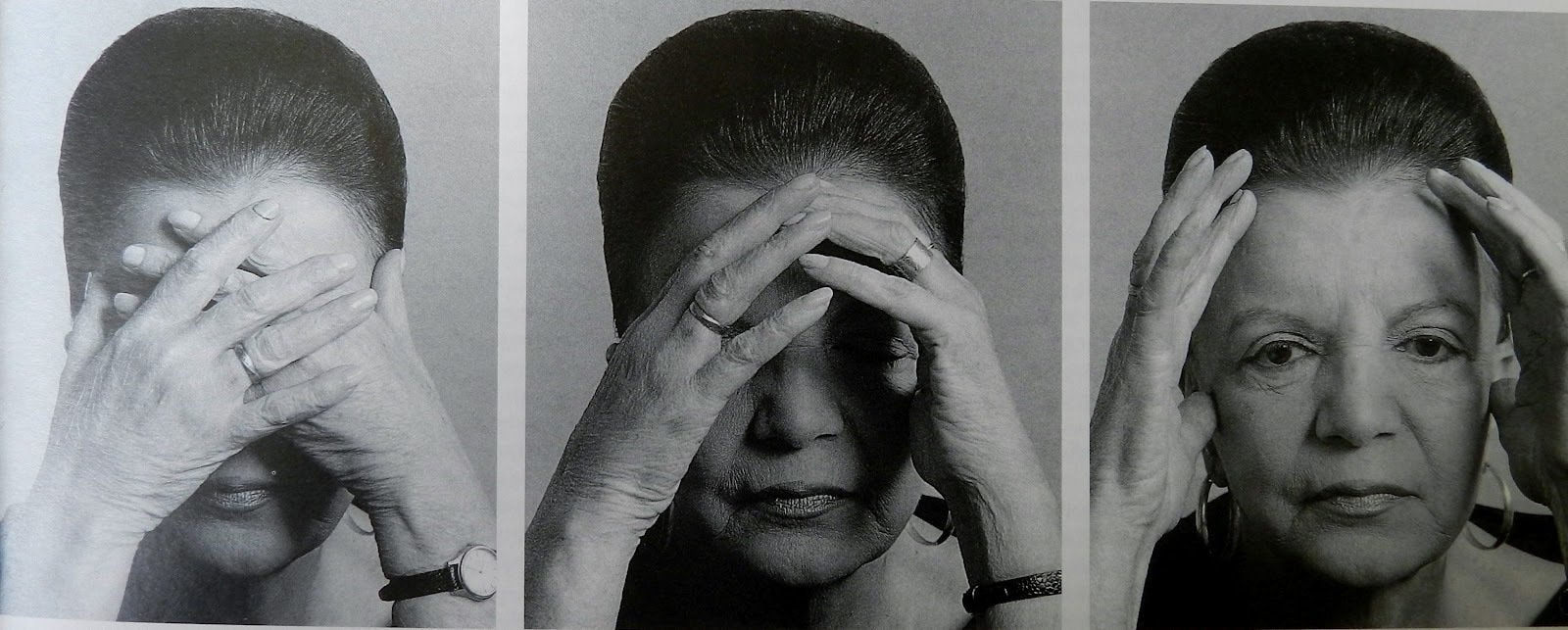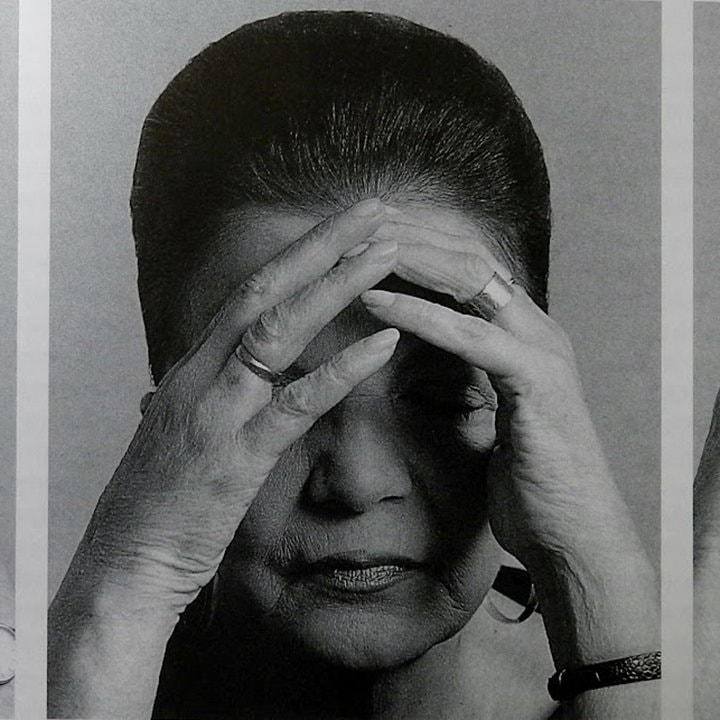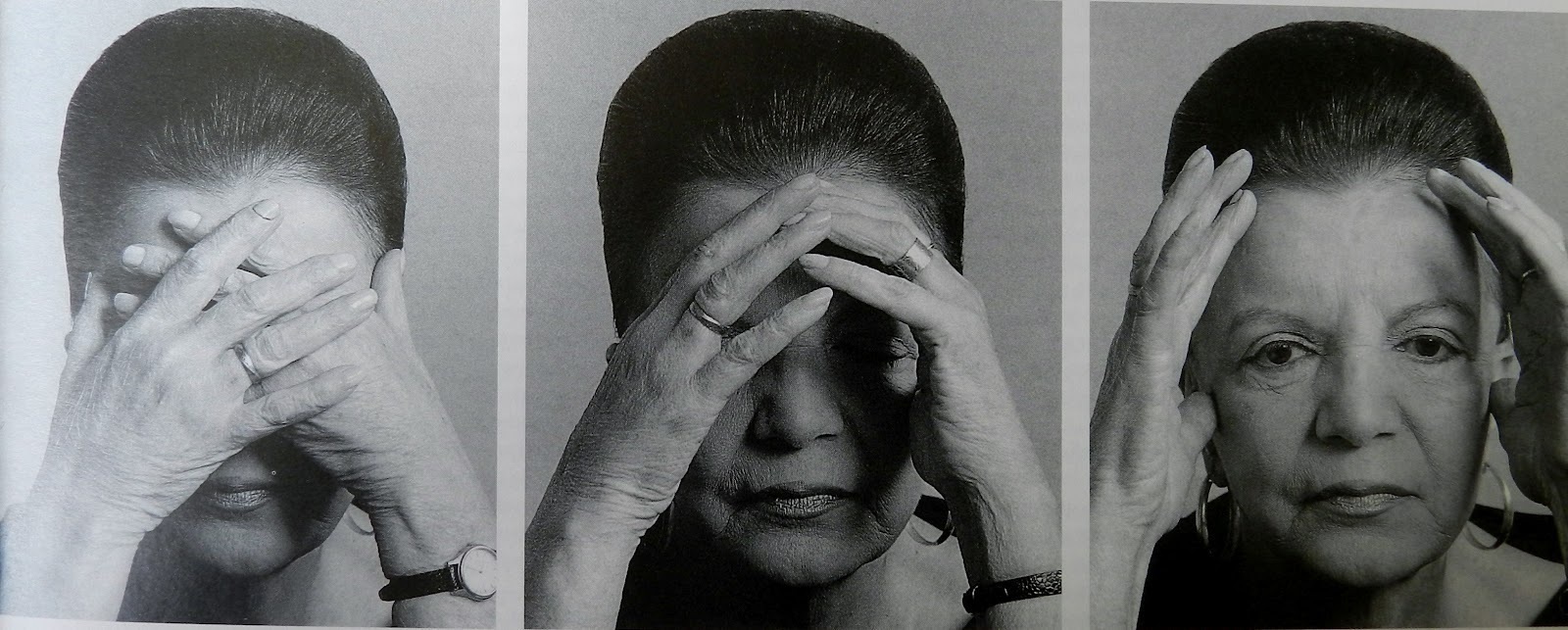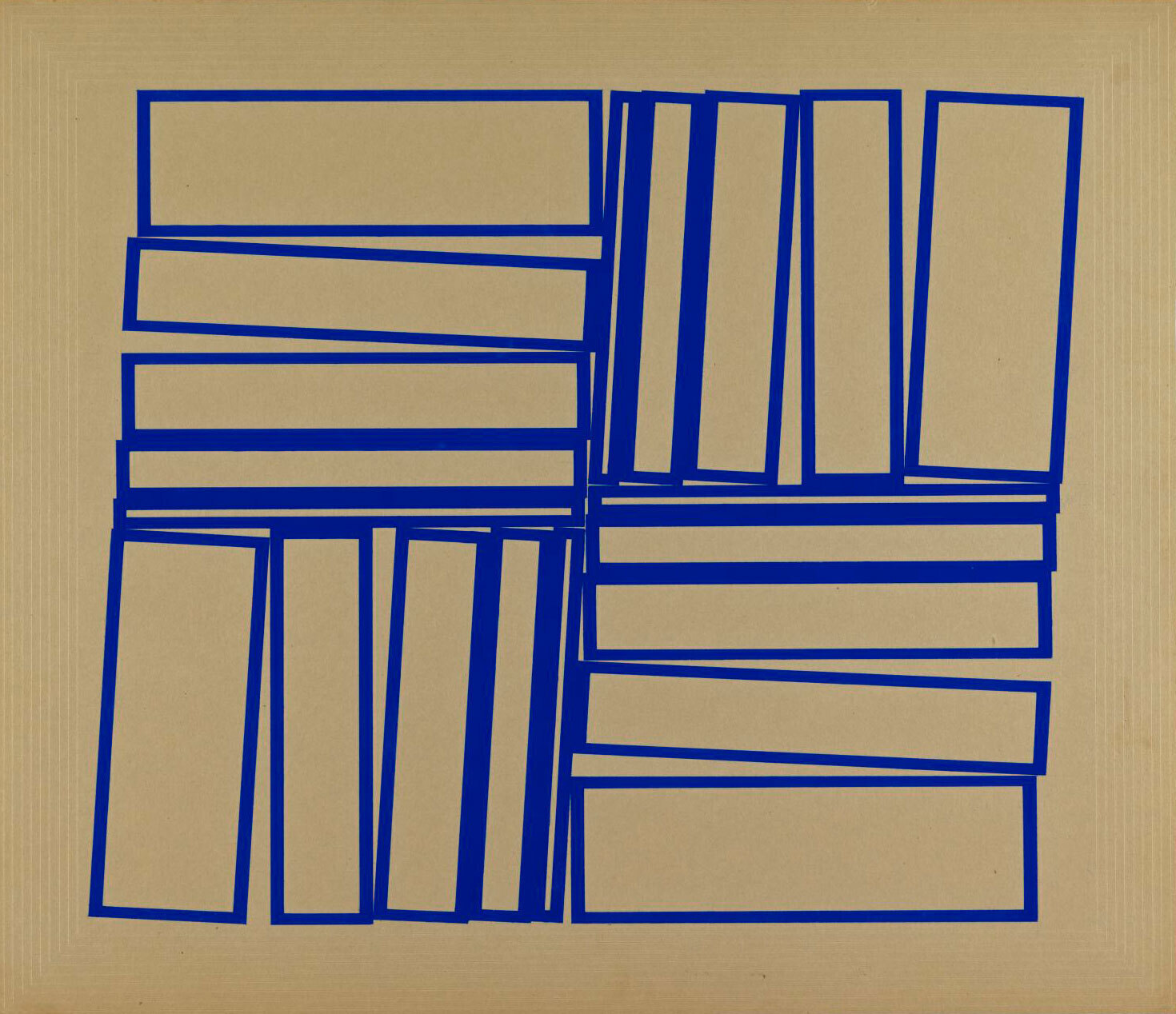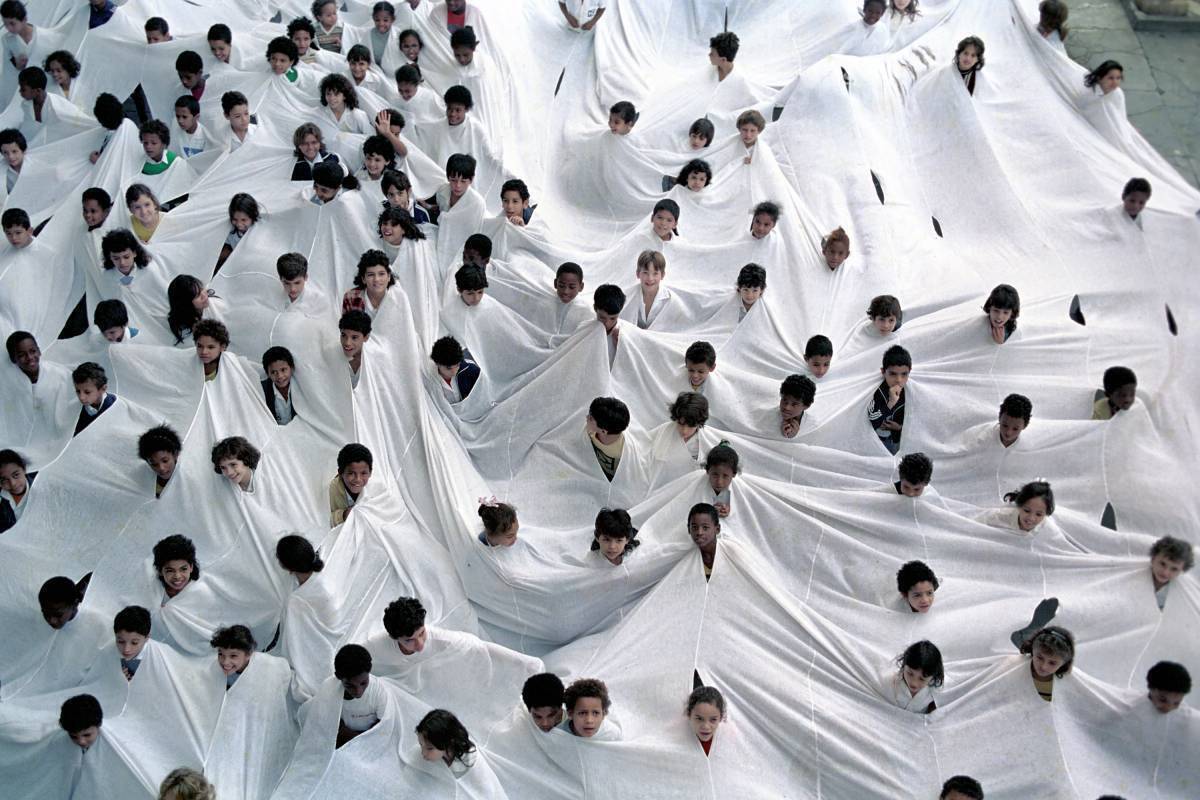Irina Kulik opens the new lecture season with a triple portrait of influential Brazilian artists whose works will be featured in Garage’s group shows coming up in 2018.
Educated artistically in Rio de Janeiro and Paris Lygia Clark (1920–1988) created painting, sculpture, and installation, with her early works characterized by organic forms, monochromatic colors, and themes related to Brazilian mid-century Constructivism and the Neo-Concrete movement which she co-founded together with Hélio Oiticica. Later on, Clark became interested in exploring the relationship between the body, the sensuous, and the unconscious. She began practicing art therapy with patients with various learning disabilities, using her research and practical experience in this field in her art, which became completely interactive, propelling the idea of the spectator’s full engagement and participation.
Despite his premature death from a stroke at the age of forty-two, Hélio Oiticica (1937–1980) remains one of Brazil’s most renowned artists, a founding member of the Rio branch of Neo-Concretism, and an active contributor to the Tropicalia movement which penetrated all levels of Brazilian culture and the underground scene after 1968. Influenced by European abstraction, Oiticica used geometric forms and rich but simple colors in his sculptures, which at the same time reveal a full range of experimental ideas of 1960s and 1970s art: made of wood, plastic, fabric, and found objects, some of them can move, while the others build a dialogue with the surrounding space and architecture. A large collection of Oiticica’s works and archival materials were destroyed during a fire in his brother’s home in 2009.
Lygia Pape (1927–2005) was an artist, sculptor, film maker, and author of performances and installations, with her practice informed by the early twentieth century avant-garde on the one hand, and postwar trends in aesthetics, on the other. In 1950s and 1960s, together with Lygia Clark and Hélio Oiticica, she was part of the Neo-Concrete group they co-founded in Rio de Janeiro, which promoted ideas of subjective art open to personal and bodily experience and experimentation—and opposite to the cult of pure geometric abstraction. In the later decades, Pape turned to installation and performance mediums, producing a number of important statements on social and political issues.
